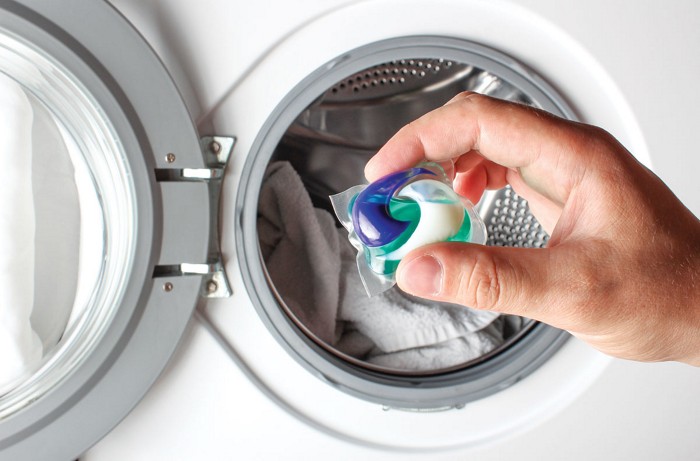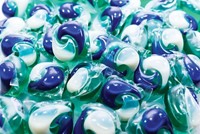Advertisement
Grab your lab coat. Let's get started
Welcome!
Welcome!
Create an account below to get 6 C&EN articles per month, receive newsletters and more - all free.
It seems this is your first time logging in online. Please enter the following information to continue.
As an ACS member you automatically get access to this site. All we need is few more details to create your reading experience.
Not you? Sign in with a different account.
Not you? Sign in with a different account.
ERROR 1
ERROR 1
ERROR 2
ERROR 2
ERROR 2
ERROR 2
ERROR 2
Password and Confirm password must match.
If you have an ACS member number, please enter it here so we can link this account to your membership. (optional)
ERROR 2
ACS values your privacy. By submitting your information, you are gaining access to C&EN and subscribing to our weekly newsletter. We use the information you provide to make your reading experience better, and we will never sell your data to third party members.
ACS Meeting News
Detergent pod polymers may be polluting the environment
Study projects that 7,000 metric tons of detergent-pod PVA persist after wastewater treatment each year in the US
by Katherine Bourzac
April 14, 2021
| A version of this story appeared in
Volume 99, Issue 14

Plastic detergent pods that can be tossed into the washing machine or dishwasher are encapsulated in water-soluble polyvinyl alcohol. When the machine turns on, the pod’s outer casing dissolves, freeing the soap within, and the PVA goes down the drain. Charles Rolsky and Varun Kelkar, graduate students at Arizona State University, wanted to know what happens next.
Their preliminary results, which Rolsky presented Tuesday at ACS Spring 2021, a meeting of the American Chemical Society, suggest that the material is not broken down completely by wastewater treatment. In a session in the Division of Polymeric Materials Science and Engineering, Rolsky said their research suggests about 7,000 metric tons of PVA evade degradation by wastewater treatment every year in the US.
To get to that number, Rolsky and Kelkar pulled together consumer information about detergent pod consumption, data on state-by-state water usage and wastewater treatment plant infrastructure, and what’s known about the necessary conditions for PVA degradation. They estimate that about 4% of the PVA from detergent pods is discharged undigested in treated water, while about 65% of it ends up in sludge that settles out and is buried in landfills, applied to agricultural lands, or incinerated.
If PVA is entering US waterways, there are several reasons to be concerned, said Rolsky. The material may absorb pesticides and heavy metals, and it can act as a foaming agent, harming aquatic ecosystems. “We hope this will serve as a call to study this further,” Rolsky said at the meeting. He said their modeling work needs to be verified by studying PVA degradation at wastewater treatment plants and under lab conditions designed to mimic the plants.





Join the conversation
Contact the reporter
Submit a Letter to the Editor for publication
Engage with us on Twitter